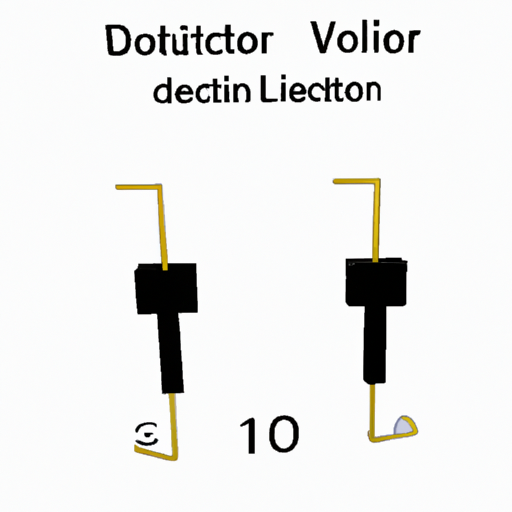Overview of Linear Voltage Regulators and Low Drop-Out (LDO) Regulators
Linear Voltage Regulators are critical components in electronic circuits, ensuring a stable output voltage despite fluctuations in input voltage or load conditions. Among these, Low Drop-Out (LDO) Regulators are particularly advantageous for applications where the input voltage is only slightly higher than the desired output voltage. LDOs are defined by their ability to maintain regulation with a minimal voltage difference (drop-out voltage) between input and output.
Core Functional Technology
| 1. Basic Operation | |
| 2. Key Parameters | |
| 3. Advantages of LDOs | |
| 1. Battery-Powered Devices | |
| 2. Consumer Electronics | |
| 3. Industrial Applications | |
| 4. Automotive Applications | |
Application Development Cases
Conclusion

Linear Voltage Regulators, particularly Low Drop-Out (LDO) Regulators, are vital in modern electronic design. Their ability to provide stable output voltage with low noise and minimal power consumption makes them ideal for a wide range of applications, from consumer electronics to industrial systems. As technology continues to advance, the demand for efficient and reliable voltage regulation is expected to grow, driving innovation in LDO design and application development.
Future Trends and Innovations
1. Integration with Power Management ICs: The trend towards integrating LDOs with other power management functions (like DC-DC converters) is gaining traction, allowing for more compact and efficient designs.
2. Enhanced Thermal Performance: New materials and designs are being explored to improve thermal performance, enabling LDOs to handle higher loads without overheating.
3. Smart LDOs: The development of smart LDOs that can dynamically adjust their parameters based on load conditions is on the rise, enhancing efficiency and performance in real-time applications.
4. Sustainability: As the focus on energy efficiency and sustainability increases, LDOs are being designed to minimize power loss and improve overall system efficiency, aligning with global energy conservation goals.
By keeping abreast of these trends, engineers and designers can leverage the full potential of LDOs in their applications, ensuring optimal performance and reliability in their electronic systems.
Overview of Linear Voltage Regulators and Low Drop-Out (LDO) Regulators
Linear Voltage Regulators are critical components in electronic circuits, ensuring a stable output voltage despite fluctuations in input voltage or load conditions. Among these, Low Drop-Out (LDO) Regulators are particularly advantageous for applications where the input voltage is only slightly higher than the desired output voltage. LDOs are defined by their ability to maintain regulation with a minimal voltage difference (drop-out voltage) between input and output.
Core Functional Technology
| 1. Basic Operation | |
| 2. Key Parameters | |
| 3. Advantages of LDOs | |
| 1. Battery-Powered Devices | |
| 2. Consumer Electronics | |
| 3. Industrial Applications | |
| 4. Automotive Applications | |
Application Development Cases
Conclusion

Linear Voltage Regulators, particularly Low Drop-Out (LDO) Regulators, are vital in modern electronic design. Their ability to provide stable output voltage with low noise and minimal power consumption makes them ideal for a wide range of applications, from consumer electronics to industrial systems. As technology continues to advance, the demand for efficient and reliable voltage regulation is expected to grow, driving innovation in LDO design and application development.
Future Trends and Innovations
1. Integration with Power Management ICs: The trend towards integrating LDOs with other power management functions (like DC-DC converters) is gaining traction, allowing for more compact and efficient designs.
2. Enhanced Thermal Performance: New materials and designs are being explored to improve thermal performance, enabling LDOs to handle higher loads without overheating.
3. Smart LDOs: The development of smart LDOs that can dynamically adjust their parameters based on load conditions is on the rise, enhancing efficiency and performance in real-time applications.
4. Sustainability: As the focus on energy efficiency and sustainability increases, LDOs are being designed to minimize power loss and improve overall system efficiency, aligning with global energy conservation goals.
By keeping abreast of these trends, engineers and designers can leverage the full potential of LDOs in their applications, ensuring optimal performance and reliability in their electronic systems.